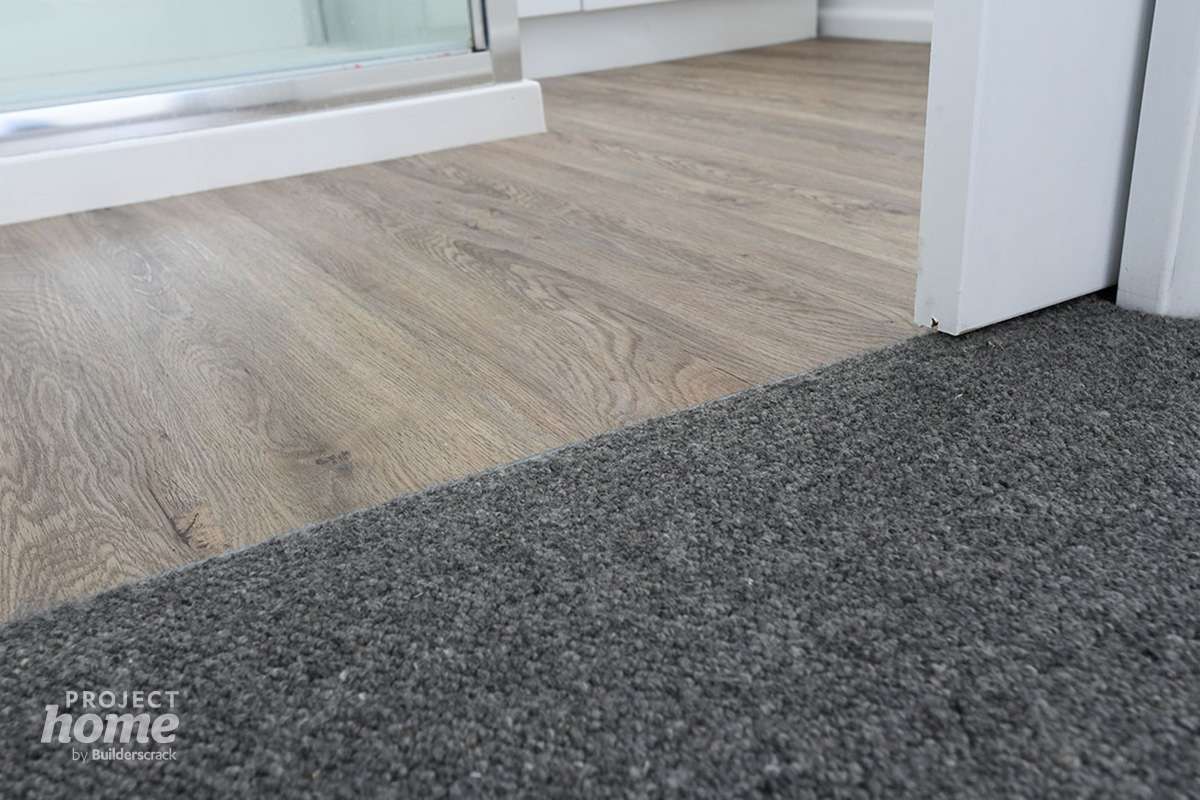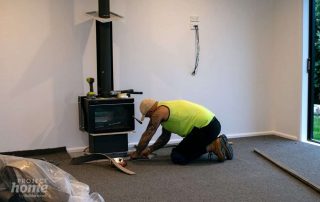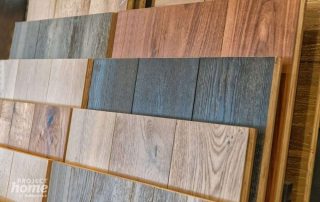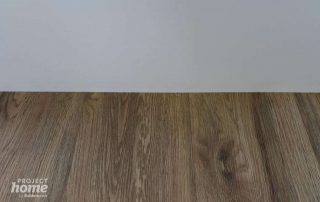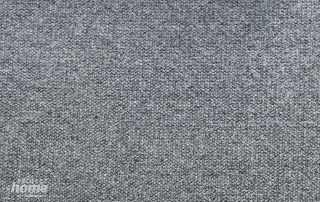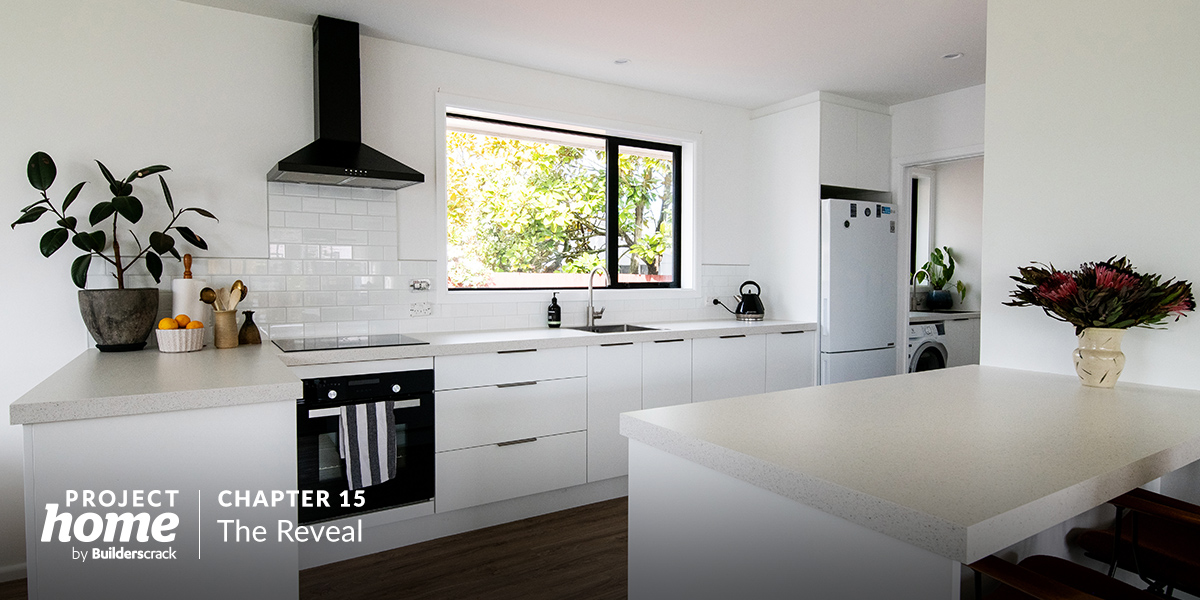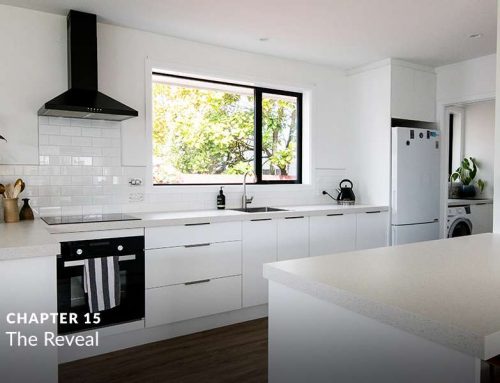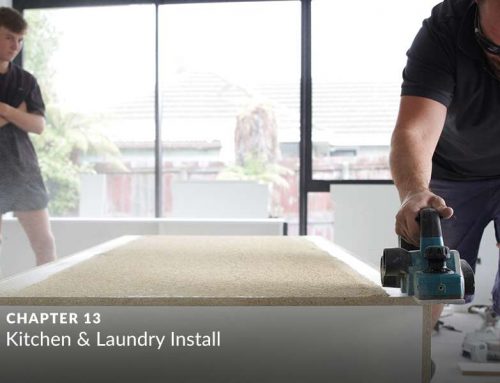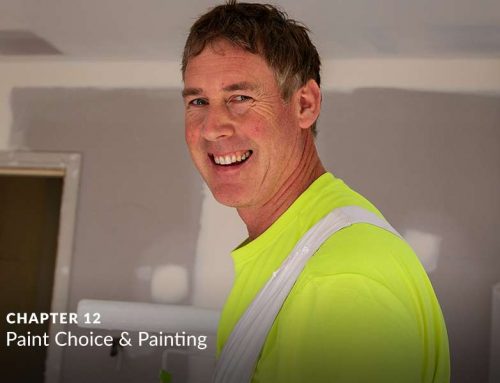In this series, we follow a Christchurch couple in their bid to turn their 1960’s fixer-upper, from a retro rental to a modern home.
If you’ve ever considered buying an older home but have lacked the confidence to tackle something totally outdated, this guide is for you. It’s a whole lot of fun, and not as hard (or anywhere near as risky) as you might imagine.
In the previous chapter, we looked in-depth at the process of installing Jeremy and Alana’s new kitchen and laundry.
That’s nearly a wrap!
The last job in almost any renovation is the carpet and flooring. Just like every other step there are a range of choices for who to use and which products you go for.
In this chapter, we journey through carpet and flooring types, and their various benefits and drawbacks.
Why is flooring last in the renovation process?
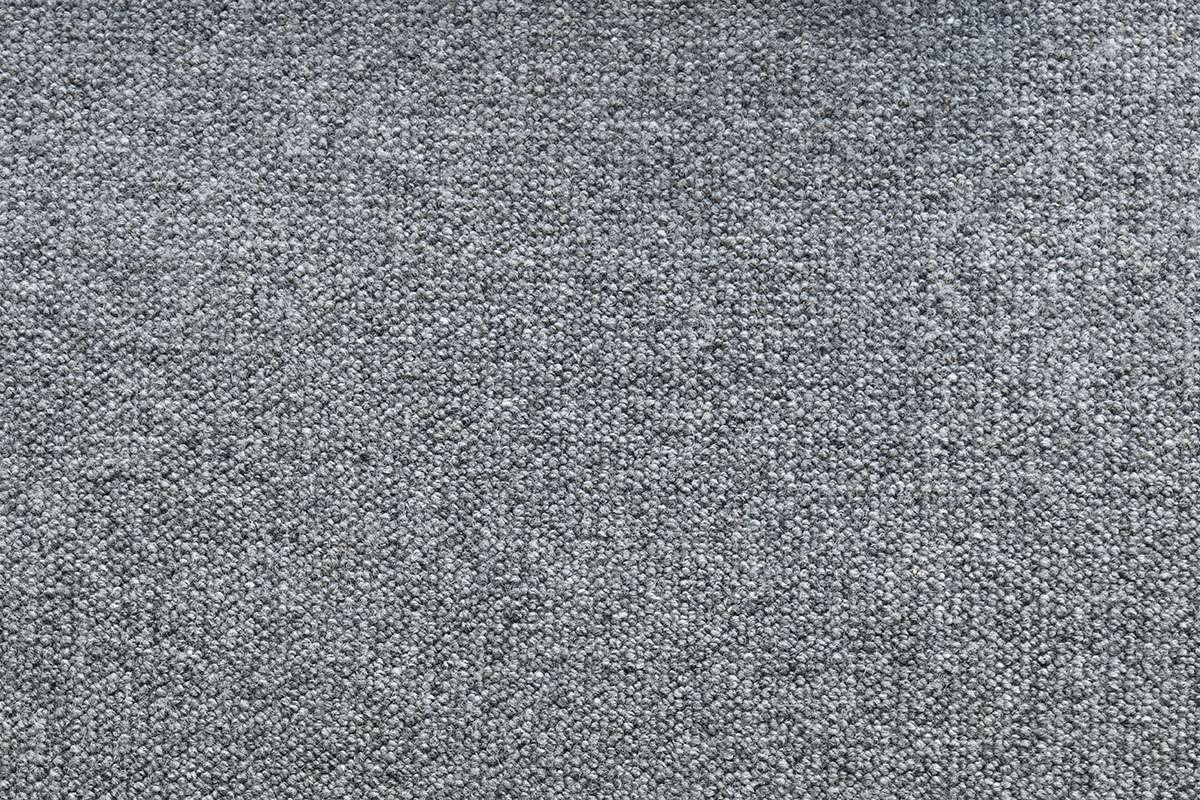
What particular products and materials were available?
With the vast array of different flooring products and materials, Jeremy and Alana spend a lot of time researching the various benefits and drawbacks of each. We take a quick look at their options.

What flooring and carpet did you opt for in the end?
By balancing head with heart, Jeremy and Alana were willing to compromise a little on practicality to achieve something special.
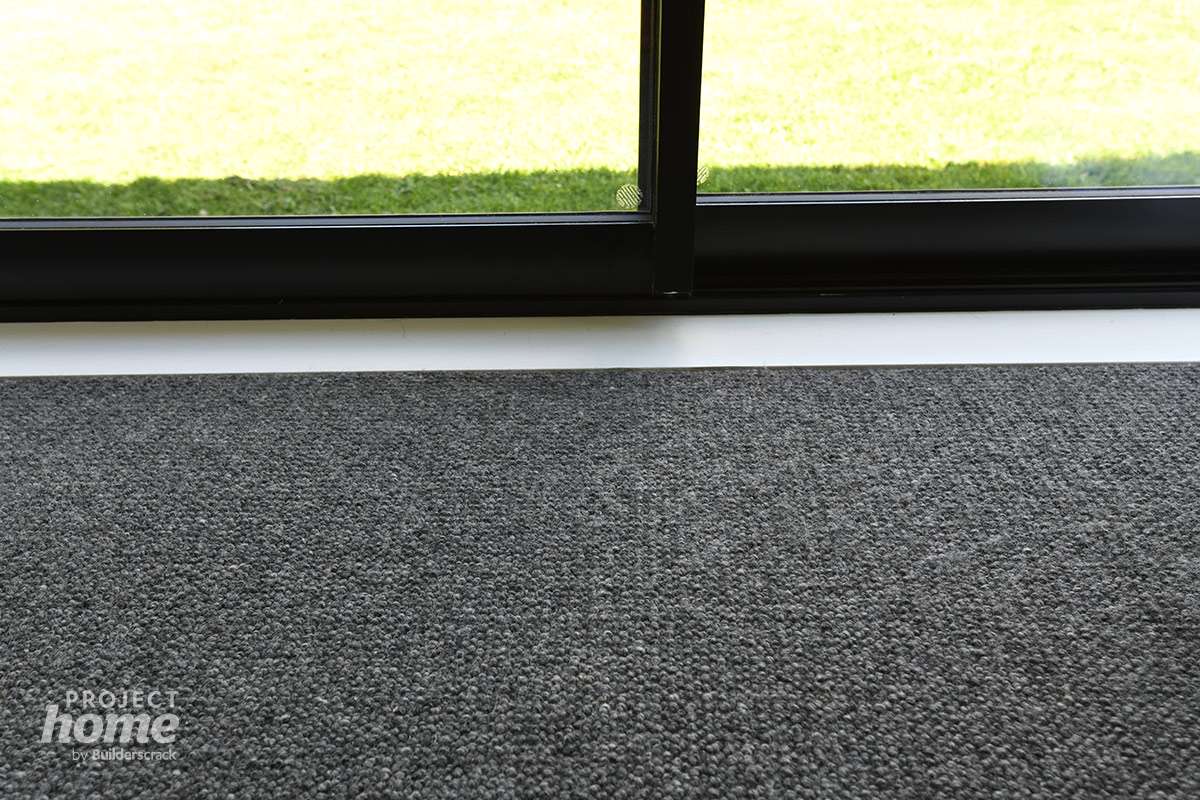
How was the install organised?
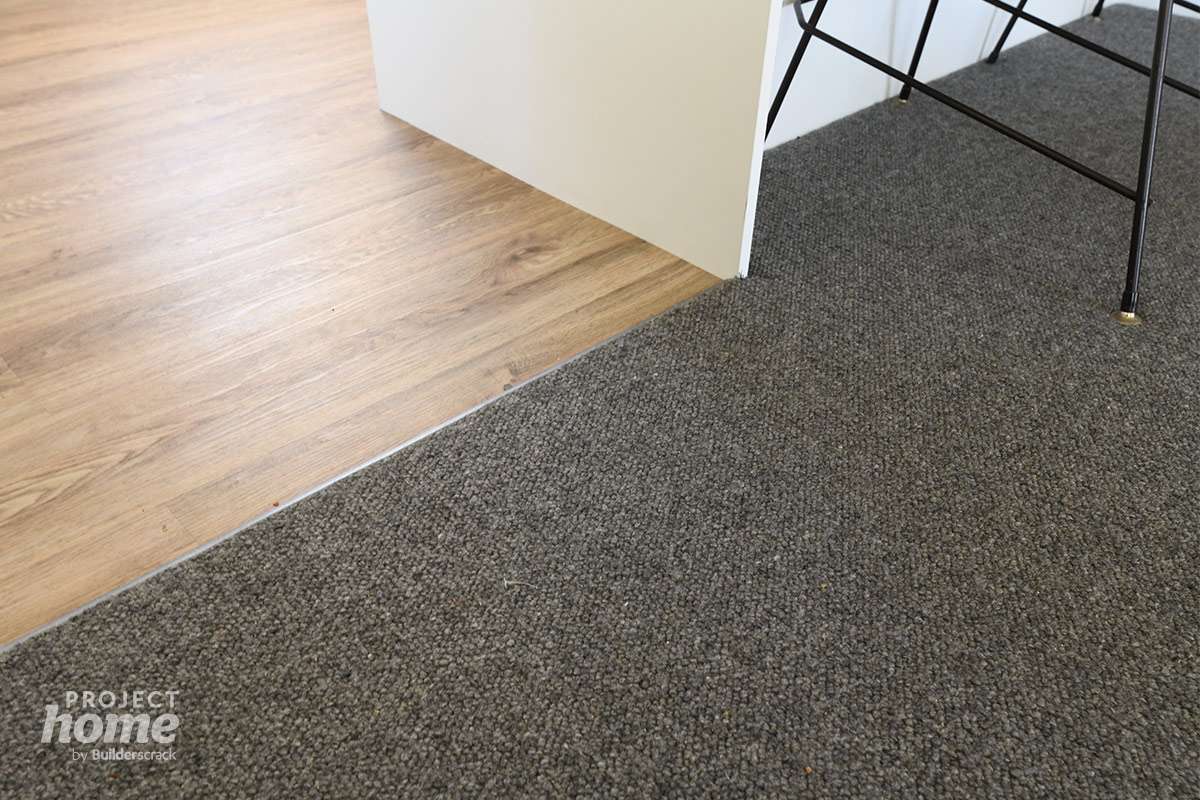
What was the installation process?
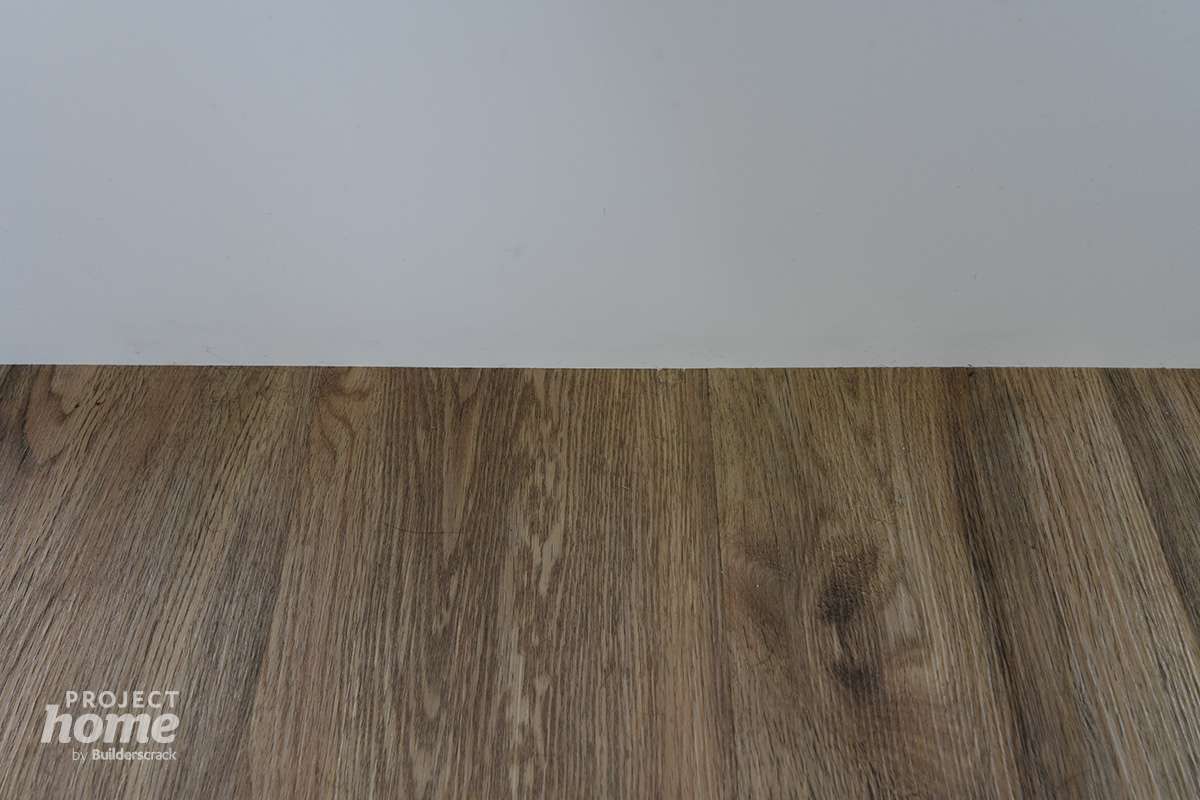
Were you happy with the result?
